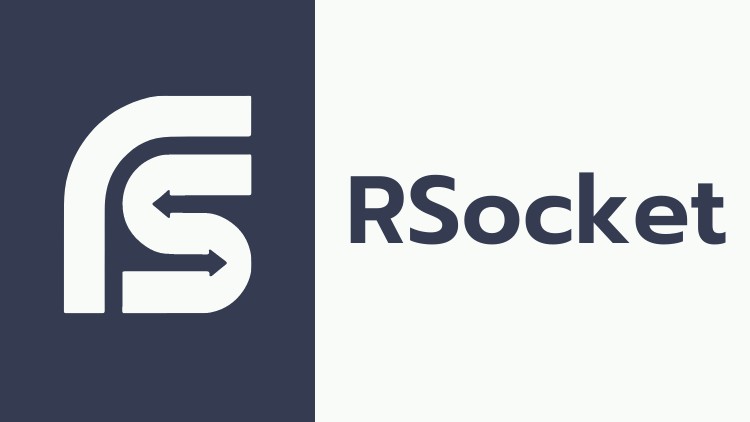Spring rSocket Masterclass: High Performance Microservices

Why take this course?
🌟 Spring rSocket Masterclass: High Performance Microservices 🌟
Course Headline:
"Unlock High-Performance Communication and Scalability using rSocket and Java Reactive Programming" 🚀
Introduction to the Course:
Welcome to the world of Reactive Socket (rSocket), a blazing-fast binary protocol that's revolutionizing the way we think about microservices architecture. This course is specifically designed for software developers and architects aiming to elevate their expertise in building scalable, high-performance microservices using rSocket and Java Reactive Programming.
What You Will Learn:
Course Project updated for the latest Spring Boot 3.2 📚
-
Understanding rSocket: Grasp the fundamentals of rSocket, including its performance benefits over traditional HTTP/1.1 and RESTful services.
-
Non-blocking Asynchronous Microservices: Learn how to develop microservices that are fully non-blocking and asynchronous, which is crucial for high concurrency systems.
-
Reactive Streams Support: Explore the power of Reactive Streams and how they enable efficient communication between client and server applications in a reactive ecosystem.
-
Interaction Models: Master the different interaction models that rSocket supports, including Request-Response, Requester-Responder, Broker, and Client-Server broadcasting, to suit diverse application needs.
-
Practical Application: Engage with hands-on exercises that cover connection setup, managing connections, handling cancellation and flow control, implementing error handling, setting up SSL/TLS, and more.
-
Real-world Scenarios: Develop microservices, create CRUD applications, integrate with Spring Data Reactive MongoDB, and build a client-server game to solidify your understanding of rSocket.
Key Topics Covered:
-
Connection Management: Learn the intricacies of setting up and managing persistent TCP connections that rSocket offers.
-
Flow Control & Load Balancing: Understand how rSocket manages data flow between clients and servers, including application-layer load balancing.
-
Error Handling and Recovery: Implement robust error handling and recovery mechanisms to ensure the resilience of your microservices.
-
Security: Explore authentication and authorization at both the connection and request levels to secure your rSocket services.
Why Choose rSocket?
-
Performance: rSocket operates at layer 5/6, significantly outperforming traditional HTTP at layer 7.
-
Persistent TCP Connection: Benefit from a persistent connection that allows bidirectional communication between server and client.
-
Reactive Streams Support: Harness the power of non-blocking and asynchronous communication through Reactive Streams support.
-
Versatility: Take advantage of various interaction models tailored to different use cases, from simple Request-Response to complex client-server interactions.
Why This Course?
This course is meticulously crafted to ensure you not only understand the theoretical aspects of rSocket but also gain practical experience in building high-performance reactive applications with Java Reactive Programming.
Who Should Take This Course:
This course is designed for:
-
Software Developers looking to build scalable and high-performance microservices.
-
System Architects aiming to implement reactive systems with rSocket.
-
DevOps Engineers interested in understanding the inner workings of rSocket for better system design and performance tuning.
Prerequisites:
-
Familiarity with Java: A solid understanding of Java programming language is essential as this course will delve into advanced concepts of Java Reactive Programming.
-
Reactive Programming Basics: Basic knowledge of reactive streams and the principles of reactive programming will help you get the most out of this course.
Join us on this exciting journey to master rSocket and unlock its full potential for building high-performance microservices with Java Reactive Programming. 🚀💫
Enroll now and take your skills to the next level!
Loading charts...